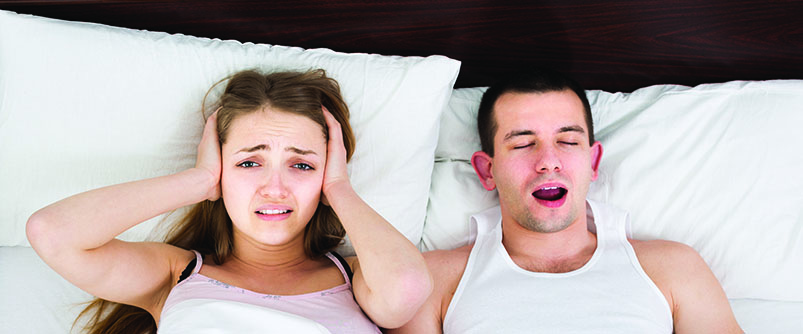
What Is Obstructive Sleep Apnea?
Obstructive sleep apnea is a chronic condition where breathing stops involuntarily for short periods of time during sleep. Normally, air flows easily from the mouth and nose into the lungs at all times. However, during sleep apnea, the normal flow of air is repeatedly stopped throughout the night. The airflow stops because the airway space in the area of the throat is too narrow.
Symptoms of obstructive Sleep Apnea
The most common symptoms of sleep apnea include:
- Loud snoring
- Episodes in which you stop breathing during sleep
- Gasping for air during sleep
- Awakening with a dry mouth
- Morning headache
- Difficulty staying asleep (insomnia)
- Excessive daytime sleepiness (hypersomnia)
- Difficulty paying attention while awake
- Irritability
Treatment for Sleep Apnea
Tongue anchorage surgeryThe condition known as being ‘tongue-tied’ is caused when the frenulum (the area of tissue that connects the bottom of the tongue to the bottom of the mouth) is too tight and short. As a result, the movement of the tongue is restricted. The surgery to correct this condition is called a frenectomy- a surgical procedure used to release the frenulum.
Soft palate ablation for snoringThis treatment is reserved for patients with simple snoring or upper airway resistance. During the procedure, radiofrequency energy is delivered at 3-5 locations with a specially-designed probe to heat the soft tissues. The radiofrequency aims to stiffen the soft palate and reduce vibration in the upper airways, resulting in less snoring.
